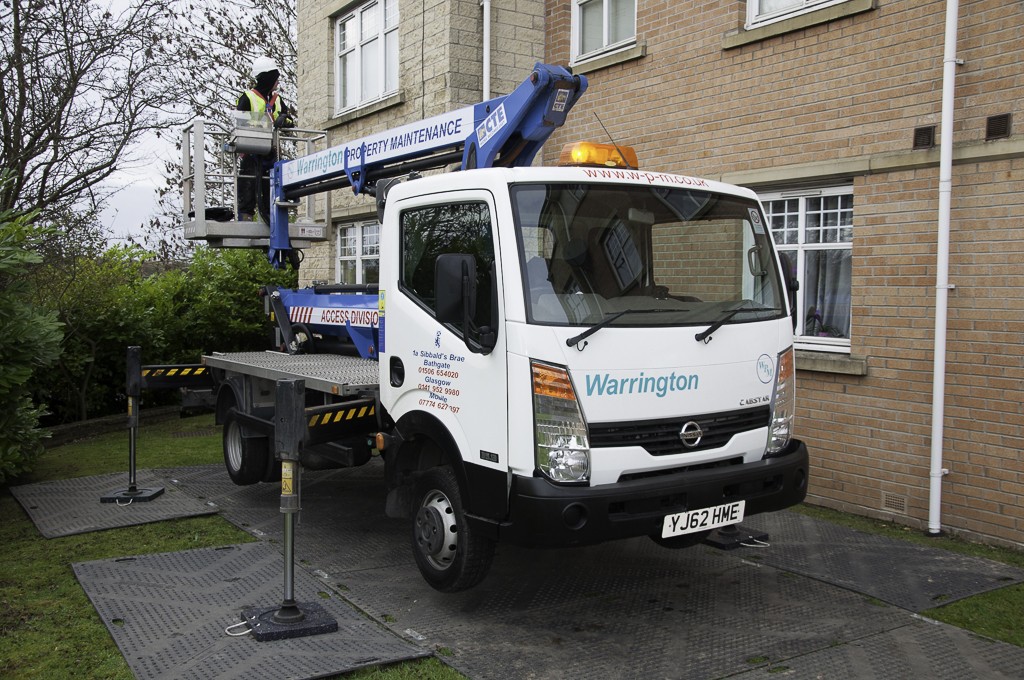
OneSite, a property management software provider, has been around twenty years. Other than its own proprietary systems OneSite also works with other vendors. OneSite Facilities Plus (designed by RealPage) is the most popular version. OneSite's lease management software is affordable and easy to use for those who are concerned about cost.
OneSite is a good choice if you are a property manager in the market for a new platform. The company offers many options but the main product OneSite Facilities Plus from RealPage was created specifically for property managers and maintenance professionals. OneSite is recognized as the best property management tool. OneSite offers many benefits and features. From leasing and tenant screening to maintaining and improving the physical appearance of the property, a OneSite solution can help boost the bottom line.
There are a few drawbacks to this software. Although setting up OneSite accounts is simple, supporting and maintaining it is not as easy. It is difficult because the company doesn't offer support for end users. This means that customers can't expect to be answered in the same way as sales representatives. Interface issues are also a problem, which is not surprising considering the software's old age.
OneSite is a flexible property management solution that offers many advantages over other software providers. OneSite is able to be customized to suit the needs of managers and property owners of any size, unlike other property management software providers. This applies to small, medium, and large property management businesses. This software includes many property management tools and is supported by a solid warranty.

OneSite offers some other information. These include the best way of managing your documents and a range of features that can help you keep track on your tenants. Among the more interesting tidbits are a comprehensive suite of community tools, such as a robust online community directory and the ability to manage community activities. OneSite not only allows you to store a lot of community-relevant information but also lets you connect with your peers and colleagues in real-time.
FAQ
How do you find a trustworthy handyman to help me?
Before hiring a handyman, you should always verify references. Ask family members and friends who have dealt with them in the past. Look online as there are many review sites that allow handymen to post their own reviews.
What can a handyman do to install new fixtures and appliances?
These projects are best left to the professionals. Make sure you know exactly what appliance or fixture you need to be installed beforehand.
How many hours does it normally take to complete a typical DIY project?
On average, DIY projects take between 2 and 4 hours. The complexity and difficulty levels of the project determine the length.
Who will complete my handyman work?
You won't find a cheaper price for a local handyman if you're looking to have a job done quickly, such as fixing a leaky faucet or replacing a lightbulb. Handyman services might be an option for you if you have several jobs to complete, such a roof repair or new floor tile installation.
Handyman Services is a service that offers ongoing support such as maintenance and repair.
Statistics
- Mila keeps a commission of 20% for each completed service performed by Friends and charges various service fees regarding work done by Pros. (appjobs.com)
- According to the U.S. Bureau of Labor Statistics, in May 2020, there are 1,357,630 handymen employed in the U.S.. (angi.com)
- A franchise was approximately $110,000 with a franchise fee of $14,900, according to a spokesperson for a national handyman franchise. (en.wikipedia.org)
- “Once the pandemic hit, that number fell to about 20%.” (inquirer.com)
- Another estimate was that the market in the United States was $126 billion and was increasing by about 4% annually. (en.wikipedia.org)
External Links
How To
How to Replace Broken Tiles
Step 1 – Remove the tiles.
Remove the old tiles from your flooring and put them aside. If you intend to use them, you will want to keep them intact. You can note the parts that are missing or damaged so that you can find replacements.
Step 2 -- Choose New Tiles
Check out these options for tile replacement.
-
You can find a tile replacement that is similar to the one you have just removed.
-
Use the measurements you took when removing the tile to find a matching piece. This makes it easier to get the right size without having to measure again.
-
Be open to different colors, patterns or textures.
-
Consider the grout you want to use. Some people prefer a certain color, others like to mix it up.
-
Be sure to select a tile that is resistant against moisture.
-
Also, think about where you want to place your new tile. This will help you save time and money.
-
Once you've decided on your tile, you can order it online or by calling your local Lowe's to place your purchase.
Step 3 – Install the new tiles.
To install your tiles, follow the same procedure as before. Make sure they are aligned correctly so that they fit together perfectly.
Step 4 – Clean up
Before putting down the final layer of protective material, clean up all the debris from the floor.
This will stop dirt and dust from entering the cracks between tiles.
Step 5: Sand down the Floor
After everything has been cleaned, sand it down to remove any remaining particles from the previous steps.
Step 6 - Close the door
Apply the protective coatings once the floor is smooth. You should wait until this stage as wet paint can stain new tiles.
You can always use a "damp and dry" product on your floors to protect them from staining.
It will not address all problems that may arise once your tiles have been installed. You might want to add an anti-slip coating to the protective layer if there are a lot of children.
Finally, do not forget to keep the protective sealer on for several more weeks before you move back into your home.